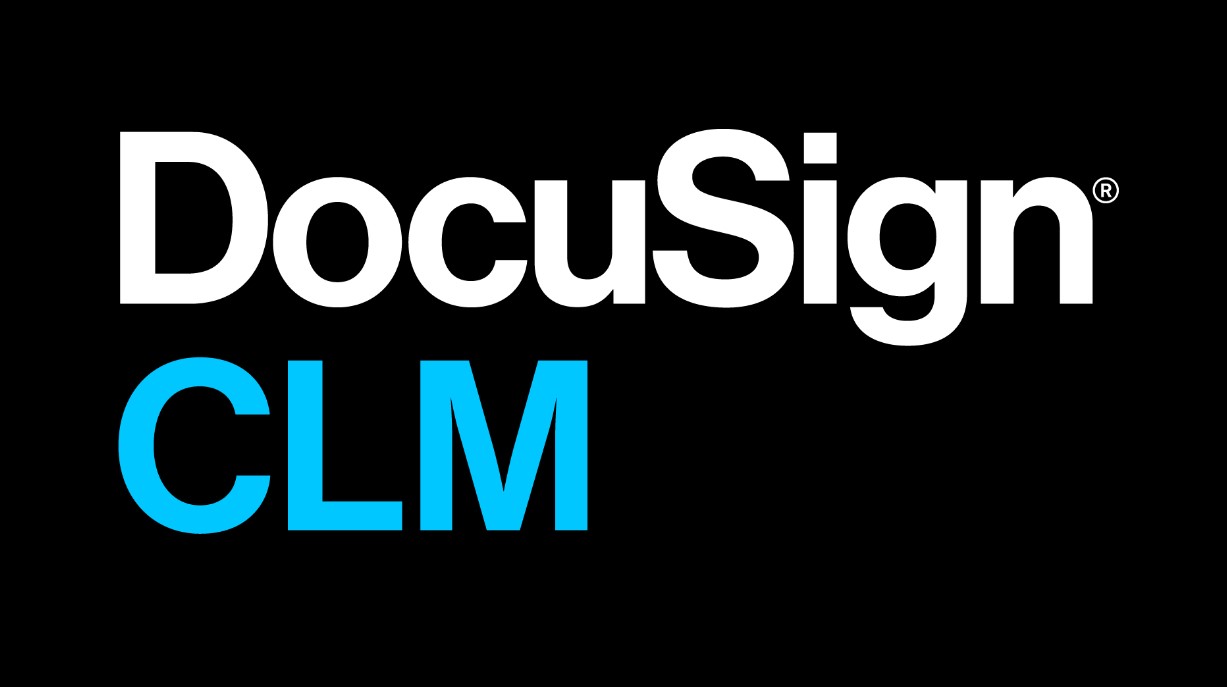Description
Introduction
Automotive Operating Systems (OS) are the backbone of modern vehicles, managing critical tasks across powertrains, infotainment, and advanced driver assistance systems (ADAS). Security is paramount to protect these systems from cyber threats, ensuring data integrity, passenger safety, and compliance with industry standards. This course provides a deep dive into designing and implementing secure automotive OS, focusing on secure coding practices, threat mitigation, compliance with ISO 26262 and UNECE WP.29, and the integration of advanced security features like hardware root of trust and secure boot mechanisms.
Prerequisites
- Programming Skills: Proficiency in C, C++, or system-level programming.
- Automotive Systems Basics: Understanding of CAN, LIN, and Ethernet communication protocols.
- Operating System Concepts: Familiarity with OS architecture, multitasking, and memory management.
- Security Fundamentals: Knowledge of encryption, authentication, and network security principles.
- Awareness of Standards: Basic understanding of ISO 26262, UNECE WP.29, or similar automotive standards.
Table of Contents
1. Introduction to Automotive Operating Systems Security
1.1. Role of OS in Modern Vehicles
1.2. Threat Landscape in Automotive Systems
1.3. Importance of Secure Development Practices
2. Fundamentals of Automotive OS Design
2.1. OS Architecture and Microkernel Design
2.2. Real-Time and Safety-Critical Requirements
2.3. Integration of Automotive Standards into OS Development
3. Secure OS Development Practices
3.1. Secure Coding Guidelines for Embedded Systems
3.2. Memory Safety and Error Handling Mechanisms
3.3. Threat Modeling and Risk Assessment Techniques
4. Security Features for Automotive OS
4.1. Secure Boot and Firmware Integrity Checks
4.2. Hardware Security Modules (HSM) and Trusted Platform Modules (TPM)
4.3. Role-Based Access Control and Identity Management
5. Network Security in Automotive Systems
5.1. Secure Communication Protocols: TLS, IPsec, and MACsec
5.2. Intrusion Detection Systems (IDS) for Vehicle Networks
5.3. Protecting Over-the-Air (OTA) Updates
6. Compliance and Standards in Secure Automotive OS
6.1. ISO 26262: Functional Safety Requirements
6.2. UNECE WP.29: Cybersecurity Regulations
6.3. Data Privacy and GDPR Compliance
7. Testing and Validation of Secure Automotive OS
7.1. Penetration Testing and Vulnerability Scanning
7.2. Static and Dynamic Code Analysis for Security Flaws
7.3. Simulation and Stress Testing for Robustness
8. Emerging Trends in Automotive OS Security
8.1. AI and Machine Learning for Threat Detection
8.2. Quantum-Safe Cryptography in Automotive Systems
8.3. Securing Autonomous and Connected Vehicles
9. Hands-On Projects and Case Studies
9.1. Implementing Secure Boot in an Automotive OS
9.2. Developing a Secure Communication Module for CAN Networks
9.3. Case Study: Cyberattack Scenarios and Mitigation Strategies
Conclusion
Developing secure automotive operating systems is crucial for the evolution of smart, connected, and autonomous vehicles. By mastering secure development practices, integrating advanced security mechanisms, and adhering to global standards, participants will gain the expertise to safeguard automotive ecosystems against emerging cyber threats, ensuring safety and reliability in this dynamic industry.







Reviews
There are no reviews yet.